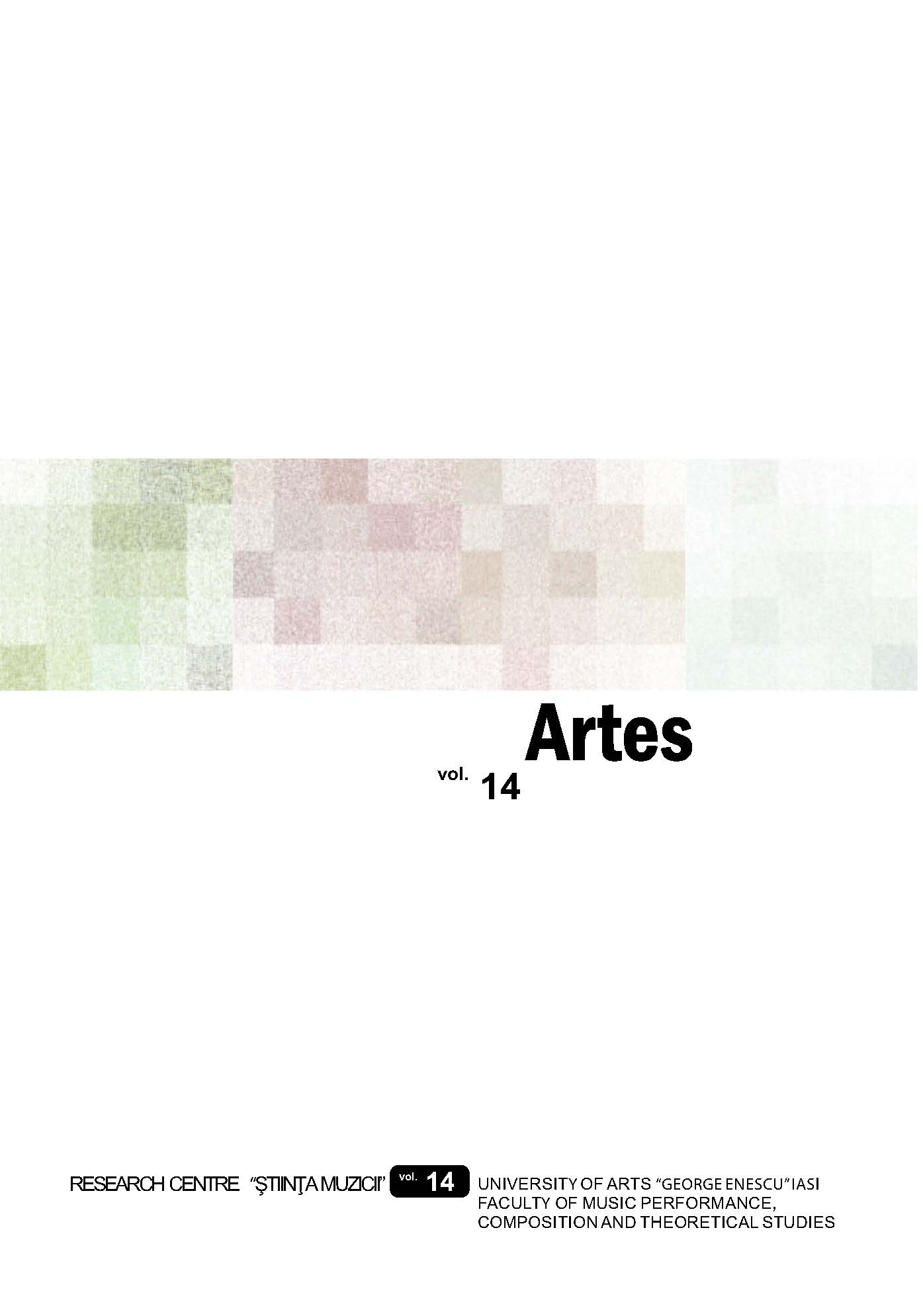Dionysios Foteinos: a Greek melourgos in Romania. Nektarios Vlachos: a Romanian melourgos on Mount Athos.Their enchanted Doxologies
Dionysios Foteinos: a Greek melourgos in Romania. Nektarios Vlachos: a Romanian melourgos on Mount Athos.Their enchanted Doxologies
Author(s): IOANNIS LIAKOS SEVI MAZERASubject(s): Music
Published by: Editura ARTES
Keywords: Doxologia; greek-romanian manuscripts; byzantine modes (ήχοι) - ottoman maqam;
Summary/Abstract: After the first blossom period of Psaltic art during the post-Byzantine period, the melopoitiko kind of Doxologies presents great development and wide acceptance. Certainly, such rise does not appear suddenly but draws its affect from the famous 17th century group of four: Balasios the priest, Petros Bereketes, Panagiotis Chrysafis the new and Germanos of New Patras. Along with these, a significant number of prominent musicians - melourgoi deliver a series of Doxologies composed in all eight echoi (modes). Daniel Protopsaltes, Petros Lambadarios, Iakovos Protopsaltes and Petros Byzantios are some of the last composers – melourgoi of Doxologies of the period between 18th and 19th centuries. To them we owe on one hand the creation and recording on musical manuscripts of the so-called slow (αργή) and brief (σύντομη) tradition on psaltic compositions according to the new kind of melopeoia and on the other the introduction of this Psaltic tradition to the Danubian Principalities and Black Sea territories at this period. Dionisios Fotinos, a great Greek scholar, poet, painter, writer, famous Psalt (chanter) and melourgos (composer) follower of the Psaltic tradition of Constantinople (as a student of Iakovos Protopsaltes and Petros Byzantios) and Ieromonachos Nektarios Prodromitis Vlachos, experienced melourgos who came from Wallachia in his way to Mount Athos, they both constitute the link to the continuity of the Psaltic tradition at Mount Athos and the Danubian Principalities. Two musical manuscripts at the Library of the Romanian Academy in Bucharest as well as one at the University of Thessaloniki and the printed version of Christodoulos Georgiades Kessaniaios (1856), preserve the Doxologies of Dionisios Fotinos. On the other hand, the Doxologies of Nektarios Vlachos, both his own as well as his adaptations of Doxologies of Greek melourgoi in the Romanian language, are displayed in many Mount Athos musical manuscripts.
Journal: Artes. Journal of musicology
- Issue Year: 2014
- Issue No: 14
- Page Range: 20-32
- Page Count: 13
- Language: English

